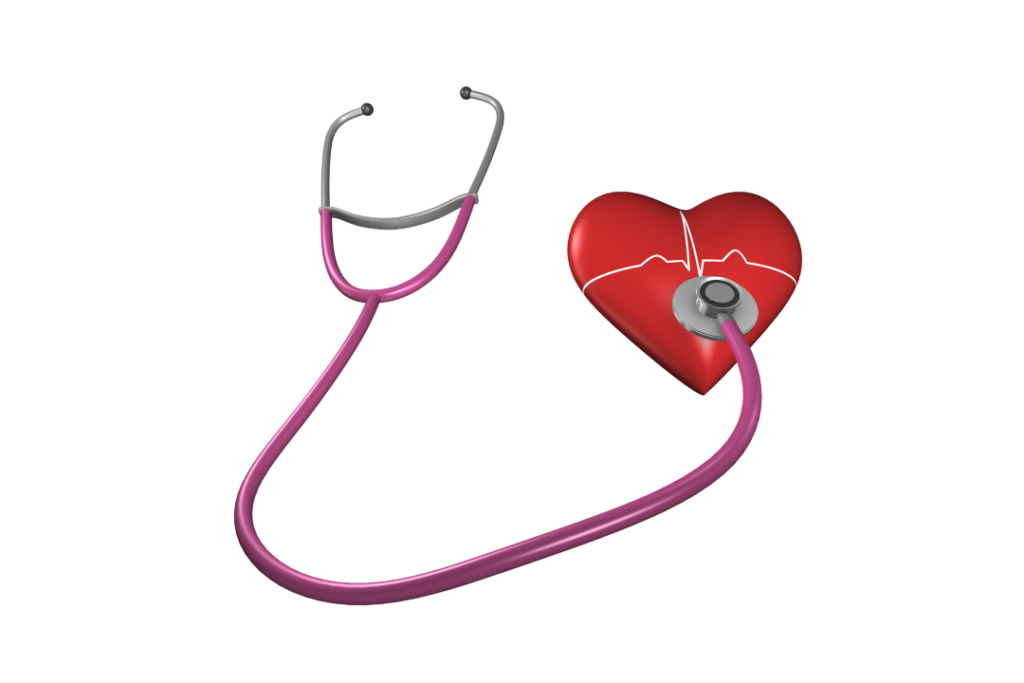
Contents
What is pulmonary hypertension?
Pulmonary hypertension (PH) is an increase in blood pressure in the blood vessels that carry blood to the lungs. It is a rare lung disorder but a serious health problem. Pulmonary blood pressure is normally a lot lower than systemic blood pressure (delivering oxygen throughout the body from heart). Normal pulmonary-artery pressure is about 14 mm Hg at rest. If the pressure in the pulmonary artery is greater than 25 mm Hg at rest and 30 mm Hg during exercise, it is abnormally high and is called pulmonary hypertension. There are various types of PH based on its causes. Categorized into group 1 to group 5. Group 1 is nothing but pulmonary arterial hypertension. When not accompanied by underlying heart and lung disease or other illnesses, it is called primary pulmonary hypertension. Group 2,3,4 and 5 are considered as secondary pulmonary hypertension.Pulmonary arterial hypertension (PAH)
It means that you have high blood pressure in the arteries that go from your heart to your lungs. Pulmonary arteries are the blood vessels that carry blood from your heart to your lungs. Pressure builds up in the narrowed arteries. PAH with unknown cause is known as idiopathic pulmonary hypertension. Group 1 PAH that occurs with a known cause is called associated PAH. Untreated IPAH leads to right-sided heart failure and death. Symptoms of pulmonary hypertension include shortness of breath during routine activities, chest pain, dizziness, increased heat beat, tiredness, upper right side abdominal pain, ankle swelling and decreased appetite. High altitude living, obesity, and sleep apnea, family history, medical conditions like liver disorders, lung problems, heart disorders, certain medications etc are the causes of pulmonary hypertension.Treatment
PH has no cure. Treatment may help relieve symptoms and slow the progress of the disease. Appropriate diagnosis and analysis of the problem is necessary before starting any treatment. Treatment varies by patient, based on the different underlying causes. General treatment includes:- Medicines
- Lifestyle and dietary changes
- Surgery, if necessary
- Regular doctor consultation
Comments are closed.